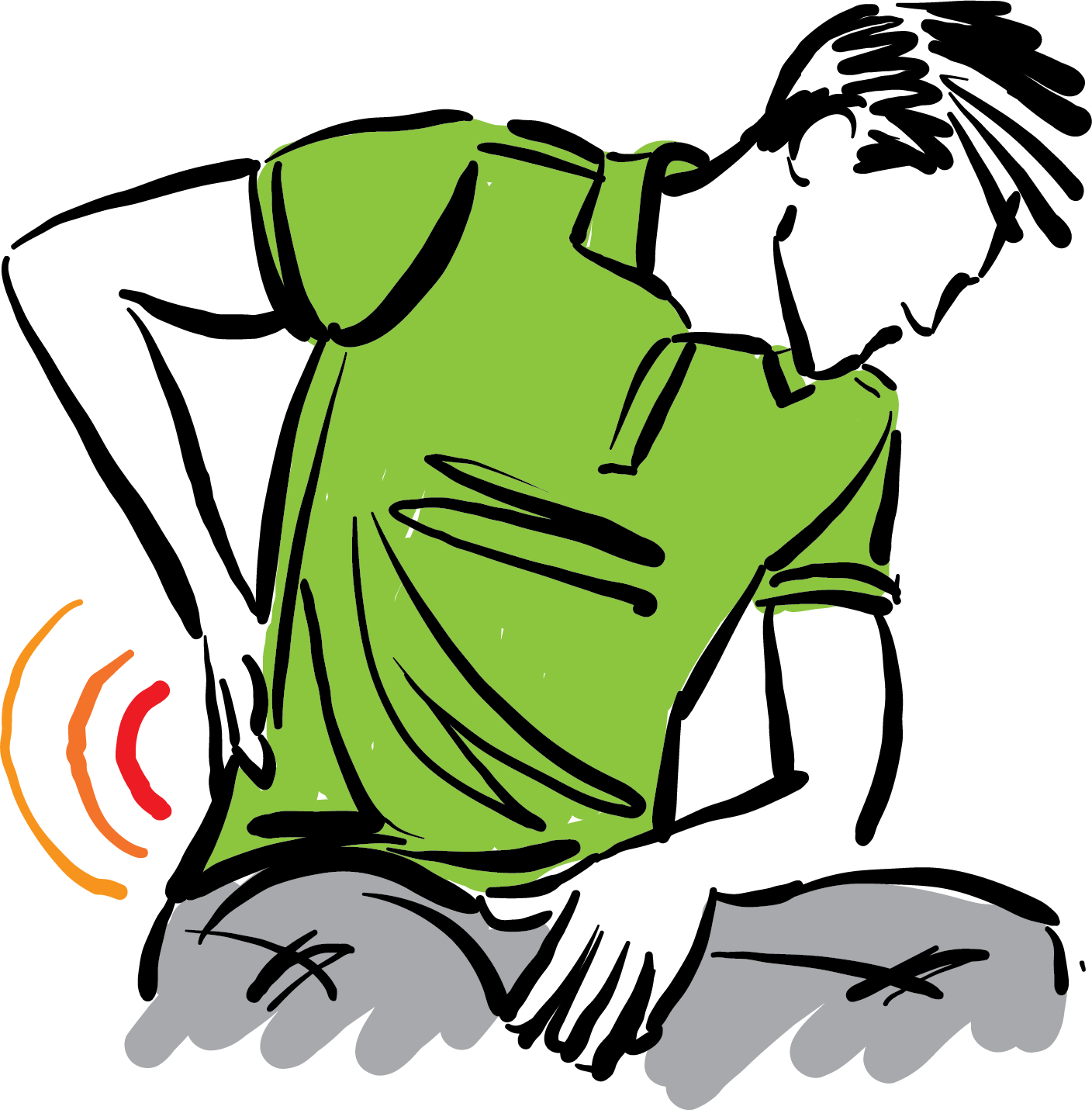FIBROMYALGIA SYNDROME
Dr. Amy M. O’Donnell offers evidence-based treatment for Fibromyalgia Syndrome (FMS)
Chronic pain can be treated with MLS Laser Therapy, among other treatments.
Fibromyalgia syndrome (FMS) is a common and often misunderstood condition which varies widely in symptomatology. It may include widespread, diffuse pain in the muscles, fatigue, mental fog and depression.
The diagnosis, usually made by ruling out other conditions such as polymyalgia rheumatica, can be devastating. The pain may be in the neck, shoulders, arms, back, hip, knees, legs and ankles, or feet. The degree of pain ranges from a constant low level to debilitating levels, with some researchers showing a relationship between pain and weather changes.
The cause of FMS is not known; however, there are many who support the idea that it is caused by a virus, emotional or physical trauma. Whatever the origin, the fact is that it can ruin your life and cause you to become inactive along with weight gain, which may lead to more pain. Hence, the cycle of pain causes inactivity leading to more pain and more inactivity.
Since this is a "soft tissue" pain of sorts, those treatments that are effective with other such conditions are helpful in treating FMS symptoms, but, unfortunately, not the cause. Unlike those from overuse or injury related conditions, while FMS does respond, it usually is not permanent, but helps to shorten the pain cycle. Most importantly, these treatments can help you lead a more active and less painful life. Having had a personal experience with a family member, Dr. O'Donnell knows firsthand how desperate one can get for relief and how it can affect one's life.
FMS can be treated through MLS laser therapy, which is quite effective in reducing pain immediately for several days up to weeks at a time, depending on the patient. Ultrasound, electrical muscle stimulation, and heat are helpful with pain control for short periods. Transcutaneous Electrical Nerve Stimulation (TENS) units are often used at home so the patient may have access on a daily basis during a flare-up. The newest models feature multiple therapies including Interferential, TENS and electrical muscle stimulation.
Also, the Graston Technique® has been shown to reduce pain and shorten the pain cycle for several days, even weeks. Kinesio tape may also aid in the resolution of pain in the hip, shoulder or knee during a flare-up. Joint manipulation, when done properly, may help to relieve pain short-term.
Rehabilitative exercise is essential but tricky. Aerobic exercise, such as aquatic therapy, is recommended; however, the patient must be sure not to overdo it, as that may aggravate the symptoms.
Many consider these treatments some of the most safe and effective conservative interventions available.

